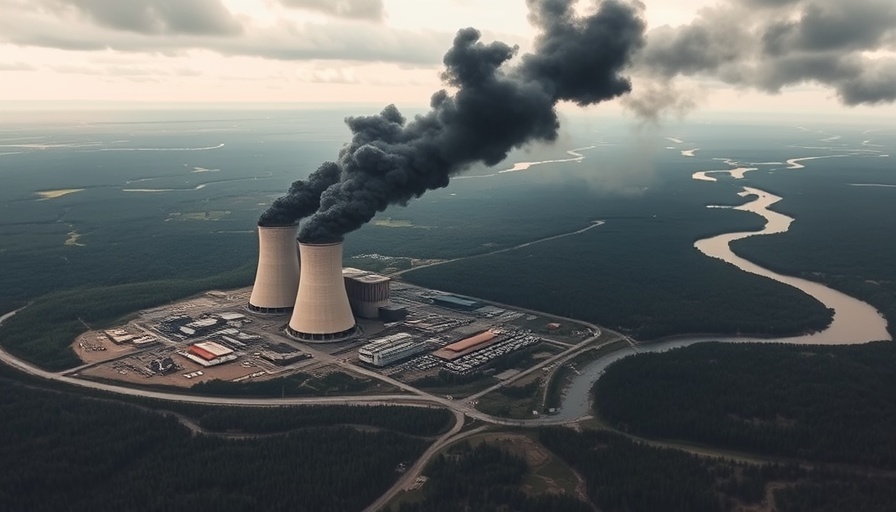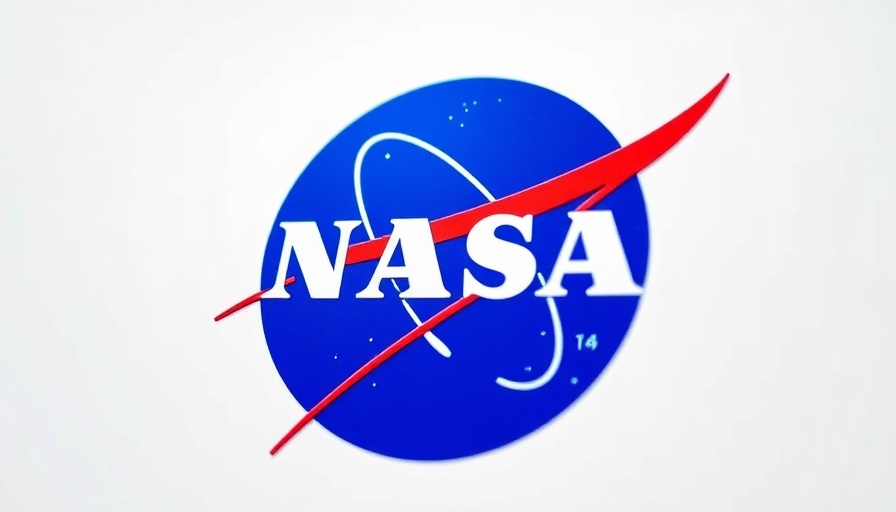
The Mystery of K2-18b: A Water-rich Planet Without Life?
In the vast cosmos, approximately 124 light-years from Earth, lies the intriguing planet K2-18b—an exoplanet shrouded in mystery and fascination. Recent studies using data from the James Webb Space Telescope (JWST) have revealed that while K2-18b may not be a cradle for alien life, it does boast a water-rich interior, stirring curiosity among scientists and space enthusiasts alike.
Demystifying the Atmospheric Composition
The equation of life's signatures on K2-18b was initially ignited by the detection of dimethyl sulfide (DMS) and dimethyl disulfide (DMDS) in its atmosphere, chemicals predominantly produced by living organisms on Earth. However, follow-up analyses sparked a scientific debate: multiple research teams failed to replicate these findings. As scientists pooled new observations from JWST and supplemented them with previous data, they converged on a more nuanced understanding of the planet's atmospheric composition.
New Findings: A Water-rich Planet
The latest results astoundingly confirm K2-18b's status as a water-rich planet. Researchers have unveiled robust detections of methane and carbon dioxide in the atmosphere. Interestingly, they detected no evidence of water vapor, leading to speculations about the planet's interior structure. As stated by the research team, "The simultaneous presence of CH4 and CO2 at the observed abundances can only be explained by either a massive atmosphere with roughly 100× solar metallicity and a bulk H2O content of 10–25% by volume, or a small atmosphere overlaying a liquid-water ocean." In both hypotheses, K2-18b demonstrates potential for a rich reservoir of water beneath its thick atmosphere.
Why K2-18b Matters to Our Understanding of Exoplanets
The insights gained from K2-18b underscore the critical challenges faced by astronomers studying exoplanets. The failed claims of DMS and DMDS illuminate the importance of rigorous scientific skepticism, urging researchers to continually scrutinize new findings against established knowledge. While K2-18b may not be the life-sustaining planet some had hoped for, its characteristics provide important clues that can enhance our comprehension of planetary formation and composition across the galaxy.
Implications for Future Research and Exploration
K2-18b serves as a valuable case study for future extraterrestrial investigations. Understanding its atmosphere's complexities could influence the methodologies used in searching for habitable exoplanets. As researchers refine their tools and approaches, the pursuit of identifying truly life-supporting environments beyond Earth will be enriched by the lessons learned from K2-18b.
As we continue to explore the cosmos, the data-driven insights into planets like K2-18b not only challenge our imaginations about the existence of alien life but also deepen our appreciation for the nuances of space exploration. Stay tuned as humanity edges closer to unveiling the mysteries of the universe.
 Add Row
Add Row  Add
Add 




Write A Comment